
The silicoflagellates are a small group of unicellular photosynthetic protists, or algae, belonging to the supergroup of eukaryotes known as Stramenopiles. They behave as plankton and are present in oceanic waters. They are well-known from harmful algal blooms that cause high mortality of fish. Additionally, they compose a rich fossil record represented by their silica skeletons.

Gracilaria is a genus of red algae (Rhodophyta) notable for its economic importance as an agarophyte, as well as its use as a food for humans and various species of shellfish. Various species in the genus are cultivated among Asia, South America, Africa and Oceania.

Udotea is a genus of green algae in the family Udoteaceae.

Conceptacles are specialized cavities of marine and freshwater algae that contain the reproductive organs. They are situated in the receptacle and open by a small ostiole. Conceptacles are present in Corallinaceae, and Hildenbrandiales, as well as the brown Fucales. In the Fucales there is no haploid phase in the reproductive cycle and therefore no alternation of generations. The thallus is a sporophyte. The diploid plants produce male (antheridia) and female (oogonia) gametangia by meiosis. The gametes are released into the surrounding water; after fusion, the zygote settles and begins growth.

Peyssonnelia is a genus of thalloid red alga, named after naturalist Jean-André Peyssonnel (1694–1759) It includes the algae commonly known as rumoi-iwanokawa, mayoi-iwanokawa and akase-iwanokawa. Specimens can reach around 20 cm in size. Peyssonnelia produces tetraspores.

The Delesseriaceae is a family of about 100 genera of marine red alga.

Isabella Aiona Abbott was an educator, phycologist, and ethnobotanist from Hawaii. The first native Hawaiian woman to receive a PhD in science, she became a leading expert on Pacific marine algae.
The Sporolithaceae is the only known family of algae in the Sporolithales order.
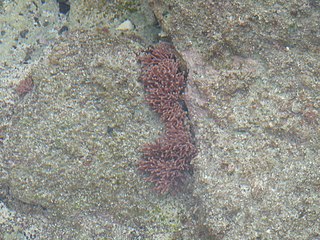
Amphiroa is a genus of thalloid red algae under the family Corallinaceae.

Jania is a genus of red macroalgae with hard, calcareous, branching skeletons in the family Corallinaceae.
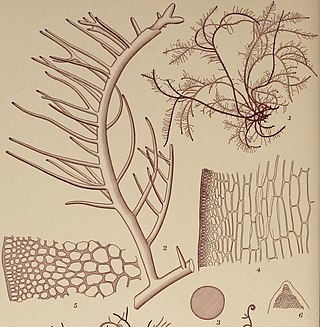
Hypnea is a genus of red algae, and a well known carrageenophyte.
Karenia bicuneiformis, also known as Karenia bidigitata is a microbial species from the genus Karenia, which are dinoflagellates. It was first discovered in New Zealand.

Timothy (Tim) John Entwisle, is an Australian botanist, much of whose research work is in phycology (algae). See for example the articles. He was awarded a Ph.D. from La Trobe University in 1986 for work on the taxonomy of Vaucheria.
Chondria tumulosa is a species of red algae in the family Rhodomelacae. It was first discovered in 2016, growing in small patches in the Pearl and Hermes Atoll in the Northwestern Hawaiian Islands. By 2019, the species had spread to cover several thousand square meters, smothering and killing vast swathes of the atoll's coral reefs. C. tumulosa is unlike any other species in its genus, having a tumbleweed-like growth form that allows fragments to break off and spread, allowing it to colonize new areas. The true origin of C. tumulosa in the region remains unknown; it displays many characteristics of an invasive species and is not closely related to any other Hawaiian Chondria, but it would have been relatively difficult to colonize such a remote area. It has also been suggested that it is a native species that suddenly spread due to changes in the ecosystem. Control and mitigation strategies will have to be made to prevent the species' spread.

Callithamniaceae is a family of red algae (Rhodophyta) in the order Ceramiales. The family was first described by Friedrich Traugott Kützing in 1843.

Naccariaceae is a family of red algae in the order Bonnemaisoniales, with 3 monotypic genera that are found in both the Pacific and Atlantic Oceans.
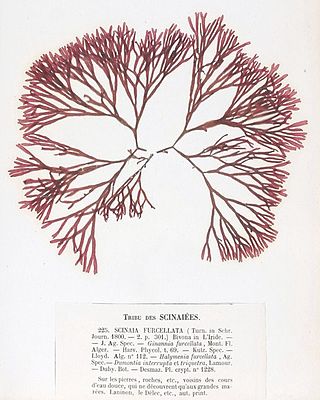
Scinaiaceae is a family of red algae (Rhodophyta) in the order Nemaliales.
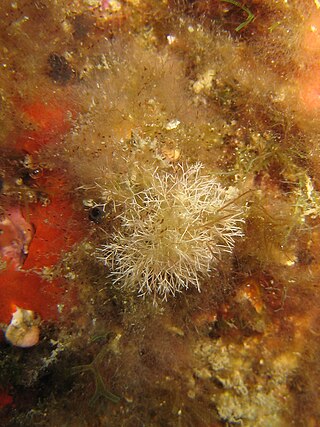
Liagoraceae is a family of red algae (Rhodophyta) in the order Nemaliales. The type genus is LiagoraJ.V.Lamouroux.
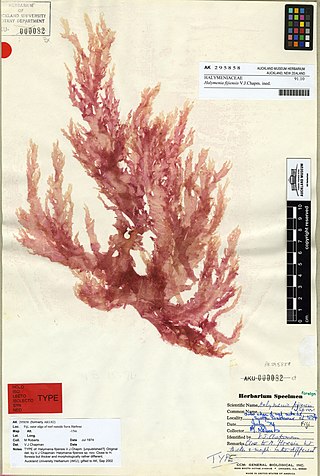
Halymeniales is an order of red algae belonging to the class Florideophyceae and the subclass Rhodymeniophycidae.
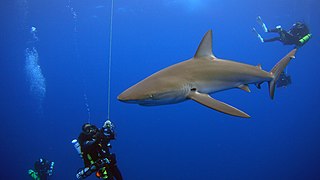
Randall Kosaki is a research ecologist at the NOAA Papahānaumokuākea Marine National Monument. His expertise is in the behavioral ecology, taxonomy, and biogeography of Pacific coral reef fishes.

















